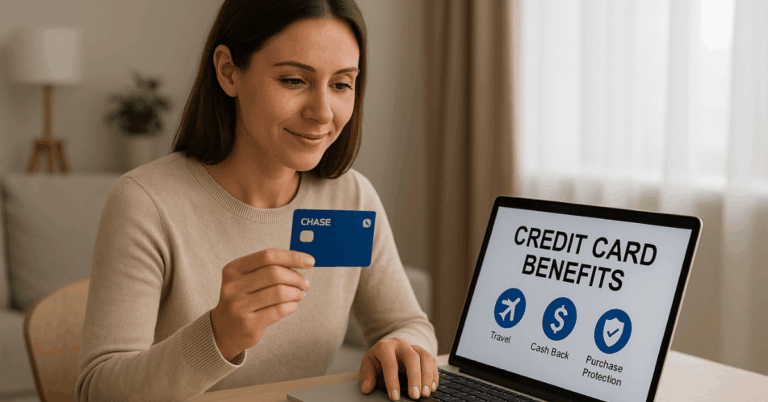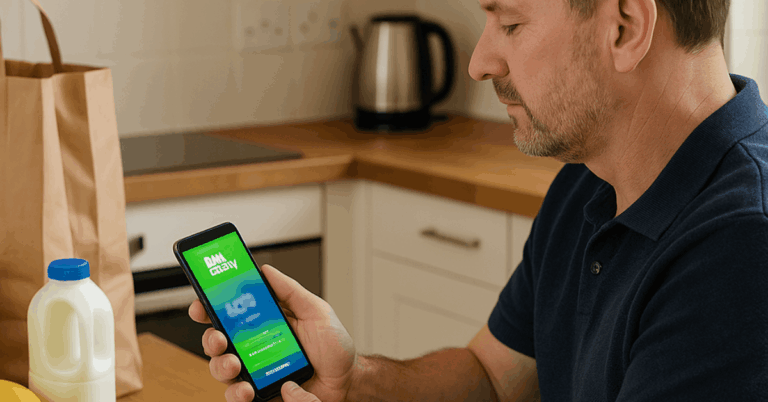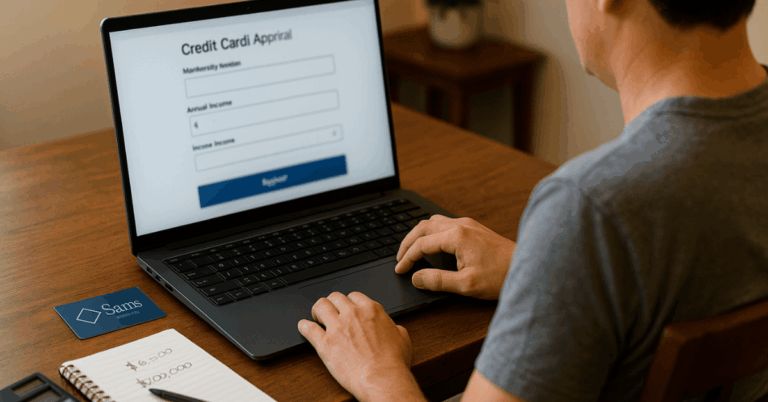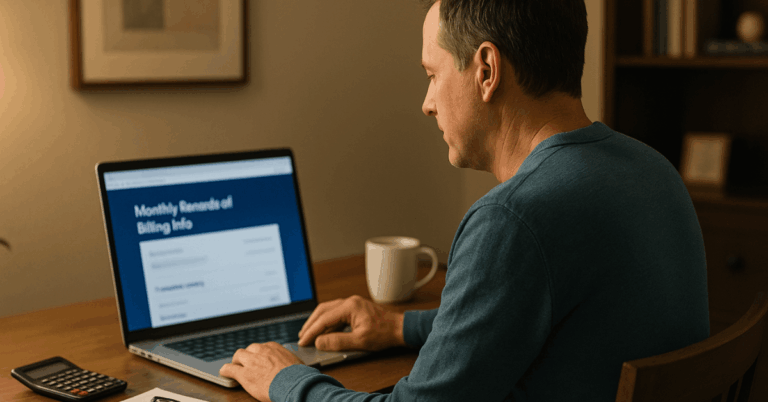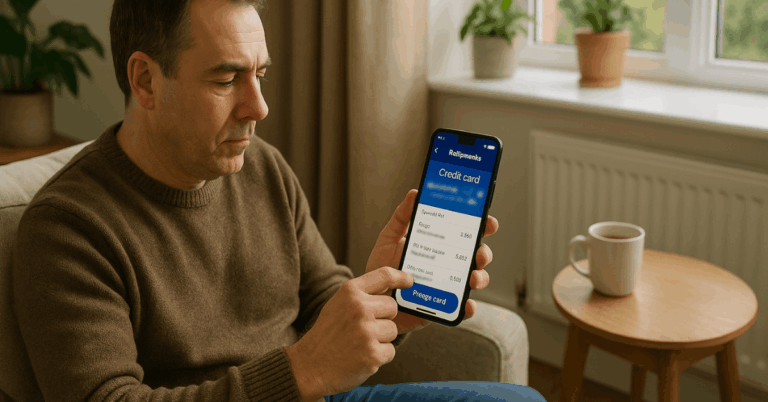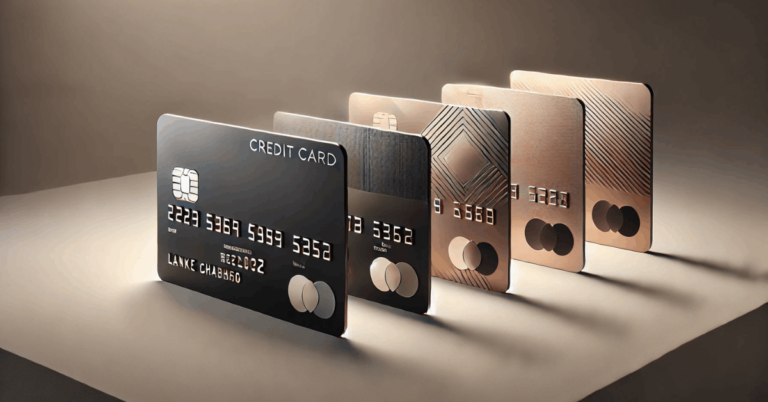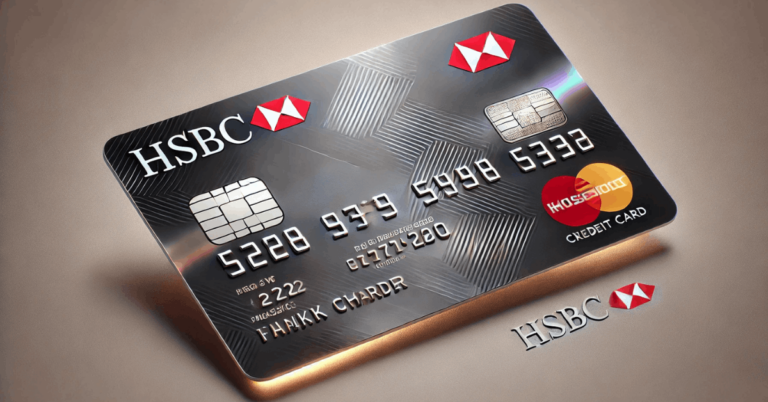Using your card without caution can expose you to fraud and identity theft. Many people in the United States are unaware of the riskiest places to swipe your card, where thieves often target unsuspecting users.
Each unsafe swipe can give criminals access to your financial information. Staying alert and using secure payment methods helps keep your money and identity protected.
Understanding Card Skimming and Data Theft
You must understand how criminals steal data to defend yourself effectively. Skimming and digital interception are the most common threats to card safety in physical and online spaces.
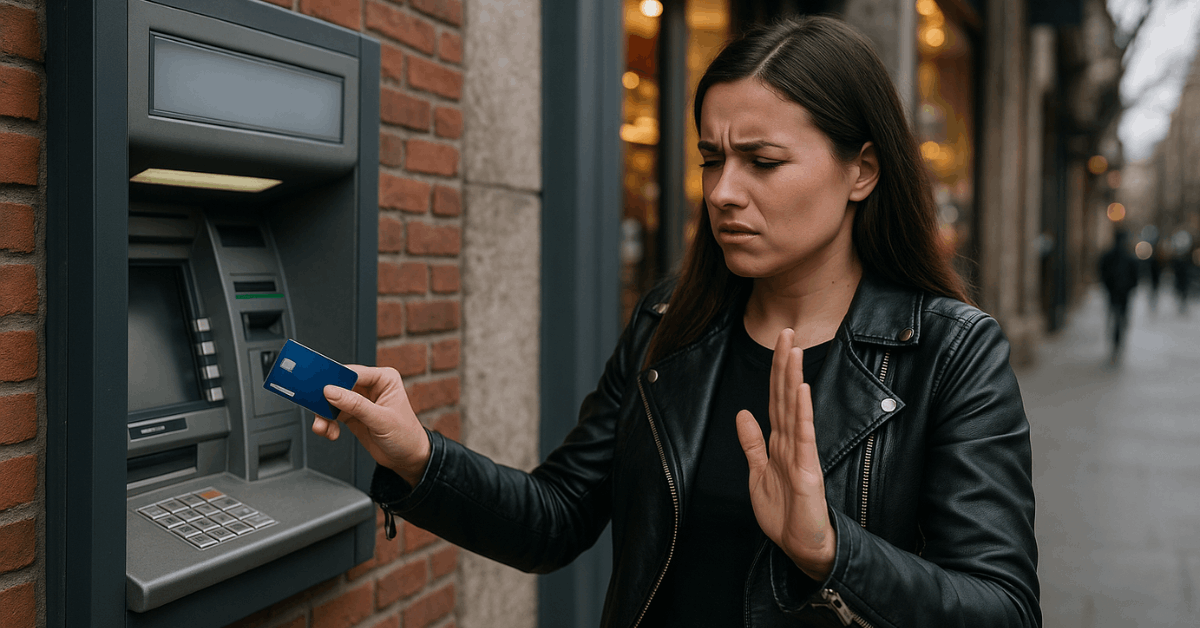
How Card Skimming Devices Work?
Criminals attach electronic skimmers to legitimate payment terminals. These devices record the information stored on your card’s magnetic strip during the transaction.
They are often disguised to blend with the original machine, making them hard to spot. Some even have Bluetooth transmitters to send your data instantly to another device.
The Role of Hidden Cameras and Bluetooth Scanners
Hidden cameras are installed to capture your PIN as you type it. They are usually small and placed above the keypad or near the card slot.
In other cases, thieves use Bluetooth scanners to wirelessly collect stolen data. Always cover your hand when entering your PIN and inspect machines for suspicious attachments before use.
High-Risk Locations for Card Use
Not all places that accept cards are equally secure. Some spots have weak monitoring and attract scammers in the United States who exploit outdated systems.
Gas Stations and Fuel Pumps
Gas pumps are among the most targeted locations for card skimming. The machines are often unattended and use older technology that lacks encryption.
Criminals can open the pump, install a device, and collect data for weeks unnoticed. To stay safe, use pumps closest to the cashier or pay inside instead.
Standalone ATMs in Public Areas
Independent ATMs are easy to tamper with because they often lack bank-level security. You might find these in small stores, bars, or convenience shops.
The exterior can be modified with a fake reader that fits perfectly over the real slot.
Whenever possible, withdraw money from bank-owned ATMs located inside branches.
Restaurants and Bars
These venues pose risk because your card often leaves your sight. Unscrupulous workers can copy your data using handheld skimmers.
Even reputable establishments are not immune if staff are careless. Always request that the payment terminal be brought to your table when possible.
Parking Meters and Vending Machines
Older meters and vending machines frequently use outdated systems. Many still process magnetic-stripe transactions without modern encryption.
These devices can be altered with fake readers that store card information. Avoid using them in poorly lit or isolated places where tampering is harder to detect.
Public Transit Ticket Machines
Busy areas make it easy for criminals to modify payment terminals unnoticed. A simple overlay on a ticket machine can capture hundreds of card numbers daily.
Inspect for unusual attachments or stickers that look out of place. When possible, buy transit passes through official mobile apps instead.
Online and Digital Payment Risks
Card security doesn’t stop at physical locations. Online transactions also expose you to serious threats that can compromise your accounts.
Fake E-Commerce Websites
Fraudulent websites often mimic well-known retailers using nearly identical designs. They trick users into entering payment data that goes directly to criminals.
Always verify a website’s URL and security certificate before providing card details. Using secure gateways like PayPal helps reduce your risk.
Public Wi-Fi Purchases
Open Wi-Fi networks allow hackers to intercept transmitted data. When you shop or pay bills in public places, your card details may be exposed.
Avoid entering sensitive information on unsecured networks. Use your mobile data or a VPN connection for added protection.
Subscription Scams and Free Trials
Fraudsters lure people with “free trials” that hide recurring charges. Small deductions may continue unnoticed until large sums are lost.
Always read the terms and conditions carefully before subscribing. Cancel unused services promptly to protect your bank account.
Signs That a Card Reader Is Compromised
Knowing how to recognize tampered machines prevents you from falling victim. Even small irregularities can be major red flags.
Loose or Misaligned Card Slots
Legitimate readers are firmly attached and properly aligned. Skimming devices often look bulky or uneven.
Tug gently on the slot—if it moves, it’s unsafe. Report any suspicious devices immediately.
Broken Seals or Extra Keypads
Security seals should never be broken or missing. Extra layers or mismatched colors around the keypad area indicate tampering.
A second keypad placed over the original can record your keystrokes. If something looks off, trust your instincts and use another terminal.
Unusual Screen Messages or Delays
Machines that display unfamiliar prompts or operate slowly can be compromised. The skimmer may process your data before completing the transaction.
If you notice delays or errors, cancel immediately. Choosing another payment method is always safer.
How to Protect Yourself When Paying?
Being proactive is the best way to prevent card fraud. Consistent security habits protect your finances long-term.
Use Tap-to-Pay or Mobile Wallets
Tap-to-pay technology encrypts your card information each time you use it. It eliminates the need to insert or swipe your card physically.
Mobile wallets like Apple Pay or Google Wallet add extra security. Using them reduces exposure to compromised terminals.
Stick to Trusted Terminals
Only use verified payment devices in secure environments. Machines in banks, airports, or chain stores are usually safer.
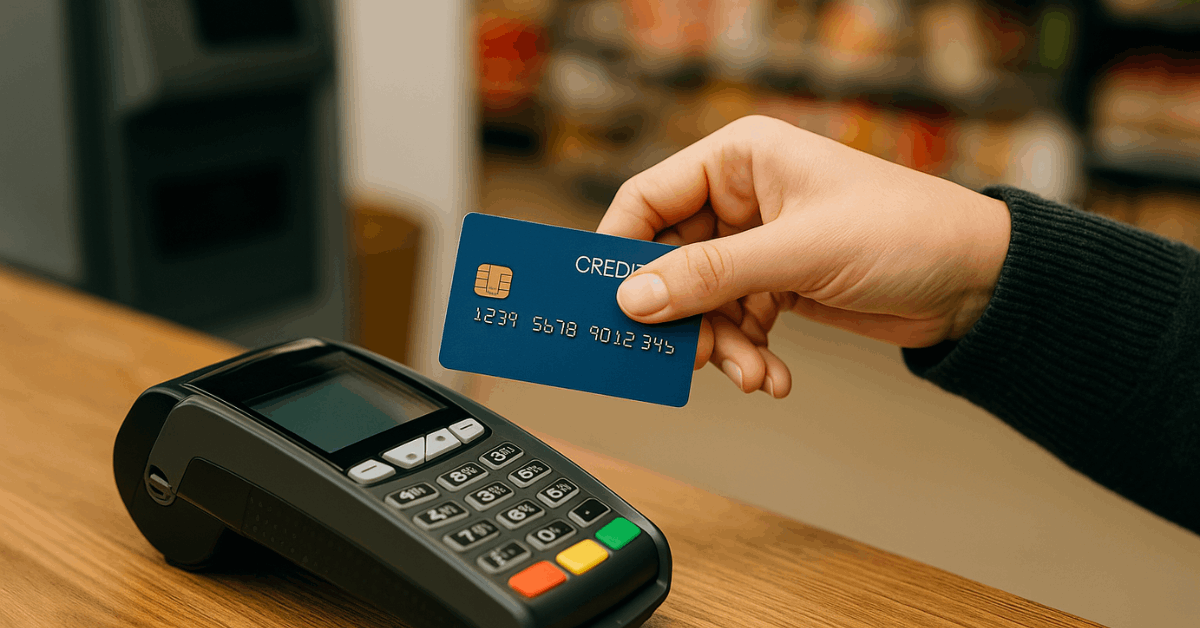
Avoid terminals that look old or damaged. When in doubt, pay in cash to avoid potential risk.
Monitor Your Bank Statements Regularly
Check your statements weekly or enable real-time alerts. Many banks in the United States offer these notifications for free.
Spotting unauthorized charges early helps you act fast. Always report suspicious transactions right away.
Enable Two-Factor Authentication (2FA)
Two-factor authentication adds a layer of account protection. Most banks offer 2FA through SMS, email, or authenticator apps.
Even if your card info is stolen, hackers can’t bypass the verification code. Activate this across all your financial accounts.
Reporting and Recovery After Card Fraud
If your card data is stolen, fast action reduces your losses. Knowing the correct steps ensures quick recovery.
Contact Your Bank or Card Issuer Immediately
Notify your bank to freeze or cancel the affected card. Request a replacement and ask about temporary refunds for fraudulent charges.
Most issuers offer zero-liability protection against unauthorized use. Keeping your contact details current ensures faster help.
File a Report With the FTC and Local Authorities
In the United States, the Federal Trade Commission (FTC) investigates card-fraud reports. Filing an official complaint helps law enforcement track criminal patterns.
You can report online or by phone, providing merchant names and amounts of unauthorized transactions. These details support faster investigation.
Update Passwords and Re-Check All Linked Accounts
After reporting, update all login credentials tied to your cards. Review connected services such as shopping or streaming apps.
Criminals often reuse stolen data on other platforms. Changing passwords limits further unauthorized access.
Practical Habits for Safer Transactions
Good daily habits build lasting financial security. Combining vigilance with discipline keeps your card protected.
Use Credit Instead of Debit
Credit cards provide stronger fraud protection than debit cards. If fraud happens, you can dispute charges before paying.
Debit theft pulls money directly from your account, delaying recovery. Use credit for large or public transactions when possible.
Avoid Saving Card Info on Websites
Avoid storing card details for convenience on online retailers. If a website gets hacked, your data can be stolen instantly.
Enter your info manually each time to reduce exposure. It’s a small step for better security.
Keep Your Card in RFID-Blocking Wallets
Wireless theft through RFID scanners is growing in crowded areas. An RFID-blocking wallet prevents data interception.
They’re inexpensive and widely available. Using one adds an extra protection layer in public settings.
Conclusion: Stay Alert, Stay Secure
Card fraud increases when you overlook basic security habits. Knowing the riskiest places to swipe your card helps you avoid common traps that lead to financial loss.
Simple actions like inspecting machines and using secure payment tools make a big difference.
Stay alert, protect your information, and keep your transactions in the United States safe.

